Turning landscape photography into a successful business is a difficult pursuit, with Australian photographer Luke Tscharke saying that marketing on Instagram and entering photo contests is as important for him as capturing a great shot.
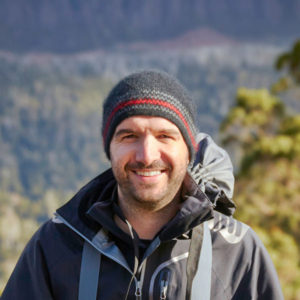
In less than a decade Luke transformed his passion into a career, and he represents a new breed of landscape photographer.
Luke runs photography workshops and tours, undertakes major commercial jobs for tourism agencies, ‘influences’, sells prints, licenses images, is a Sony Imaging Advocate and will judge the Sony Alpha Awards inaugural astrophotography category.
Luke left his comfortable career as a microbiologist working in quality assurance for companies like Kraft and Coca Cola, ‘climbing the corporate ladder’ with a desk job overlooking Sydney Harbour.
‘Most of the time I wished I was out photographing the harbour rather than inside working,’ he told Inside Imaging. ‘One day I decided that it was time to follow my passion, so I made the crazy decision to quit my job and give it a go. I initially gave myself 6 months to try it out and I seemed to make it work from there.’
In 2017 he relocated to Tasmania, where the pristine wild environment offers endless photographic opportunities.
Luke’s primary marketing avenue is social media, particularly Instagram where he has amassed 93,300 followers. When he began building an audience, Instagram was a different beast. The platform hadn’t fully commercialised, and in those golden days building an organic audience was a natural process.
But, even with the almighty algorithm dictating what Instagram users consume, it’s still possible to build a following without paying money to the corporate giant or participating in soul-sucking games. In fact, Luke recently proved it can be done!
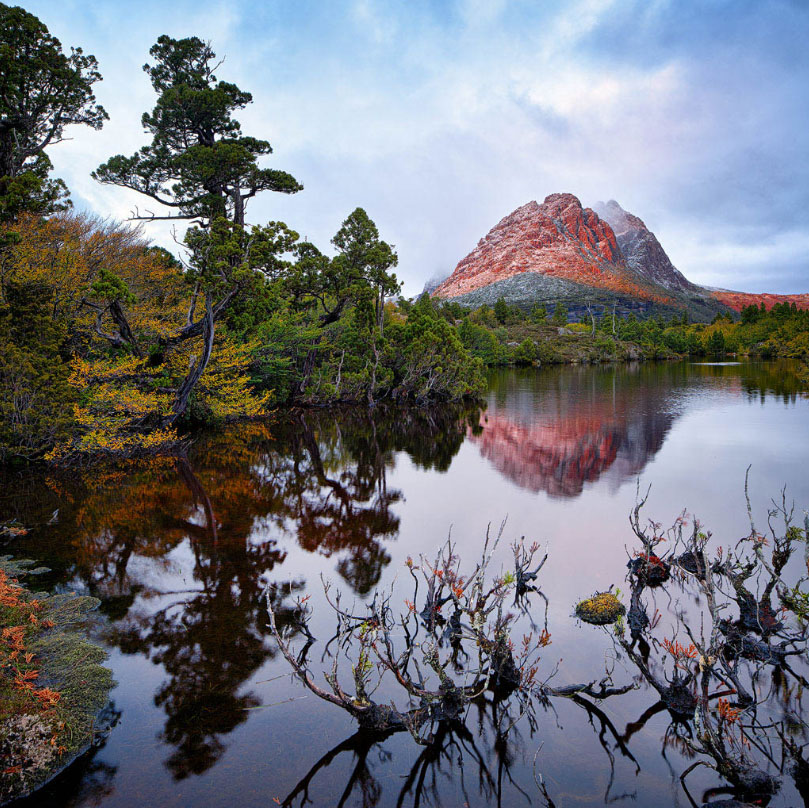
‘Recently, I have felt that it is harder to build an organic audience for older accounts and I have seen this with my @tscharke account, which is no longer growing,’ he said. ‘Instead of lamenting about the fact that this account had slowed, I decided to create a new account (@beautyoftasmania), and this account has grown faster than my original account had. I started the account in January and by mid-August I reached 10k followers. This is proof that it is still possible to build a strong following if you post often with quality content, and have a dedicated audience in mind.’
At around the 10,000 followers mark, an Instagram user may brand themselves as an ‘influencer’ and commercialise the account by partnering with brands to market products and services to their audience.
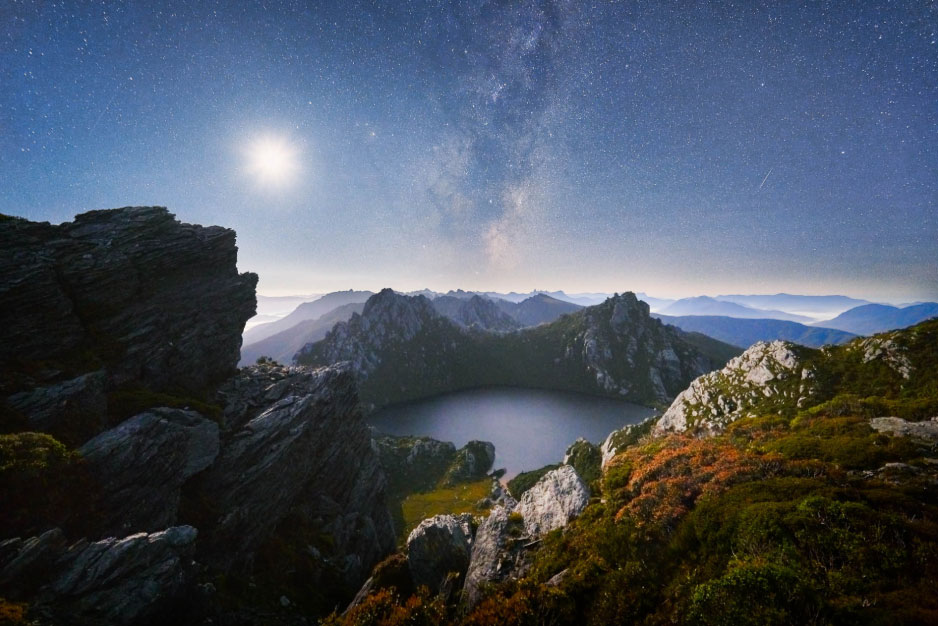
Luke’s approach for his Beauty of Tasmania account is simple. Regularly post images, include appropriate hashtags to reach an audience, and the followers will come. Of course, it helps to have already built inroads and industry connections, as Luke has done.
‘I entered a lot of competitions and I was lucky enough to get some good results (to establish myself as a professional landscape photographer),’ he said. ‘I believe this gave a lot of credibility to my work and gave me the confidence to be able to run workshops. I also reached out to a lot of my favourite photographers in the industry and went out shooting with them. I learned a lot from them and would run ideas by them for feedback, this helped tremendously. Otherwise it was just a lot of hard work building contacts with brands like Sony Australia.’
Landscape photography is a crowded space, and it’s also difficult to stand out from the crowd. Nowhere is competition more fierce than Instagram. Popular picturesque destinations are photographed and hashtagged to death – sometimes quite literally, just ask ‘that Wanaka tree‘ in New Zealand.
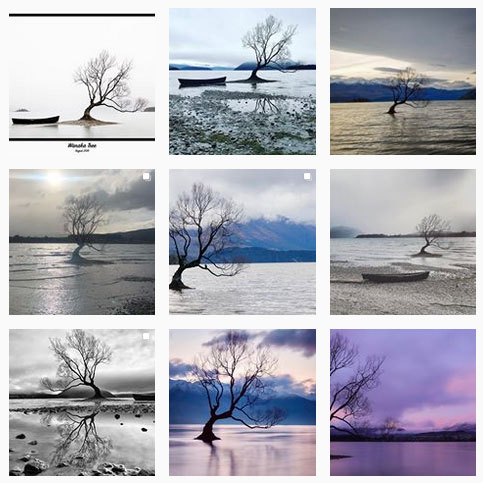
What’s clear when observing popular locations among landscape photographers is many capture strikingly similar images. Some locations have limited compositions due to small viewing areas, and landscape photography is also at the mercy of mother nature.
Luke says he attempts to capture stunning locations that haven’t been photographed much, which is difficult to do. He also endeavours to capture something ‘different’, and to do this he moved into astrophotography and infared photography.
‘I think the key thing is to always put out quality work. I once heard a quote that said the difference between a professional photographer and an amateur is that the professional only shows you their very best work,’ he said. ‘Having a background in quality assurance does help in some regard as I have very strong personal standards, some would argue that they are too strong, but this helps to ensure that my work is of consistently high quality.’
As for the Sony Alpha Awards astrophotography category, Luke will be looking for an image that ‘demonstrates a strong application of technical prowess and a high degree of imagination in the composition’.
‘In terms of the technical aspects, this would include sharpness of the stars and foreground, post-processing skills and if the post processing is under- or overdone, absence of stitching errors, noise, dust spots, and other image flaws. For the imagination of the composition, I’d be looking for a location that perhaps is a little different than usual, and how well the celestial objects, such as the Milky Way galactic core, relate to the foreground composition.’
Entries for the Sony Alpha Awards close August 31.
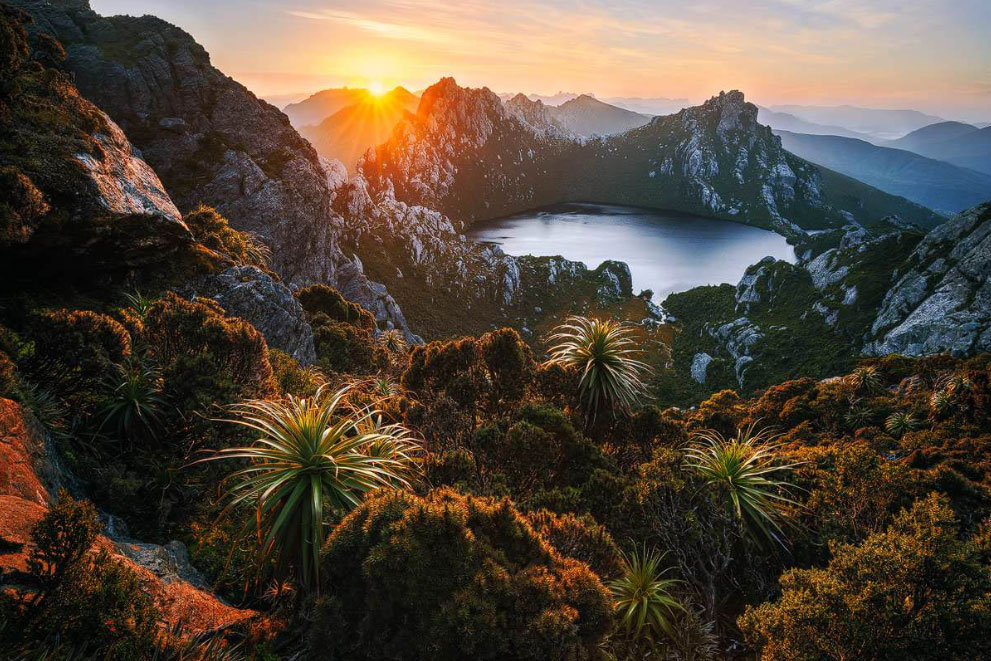





Be First to Comment